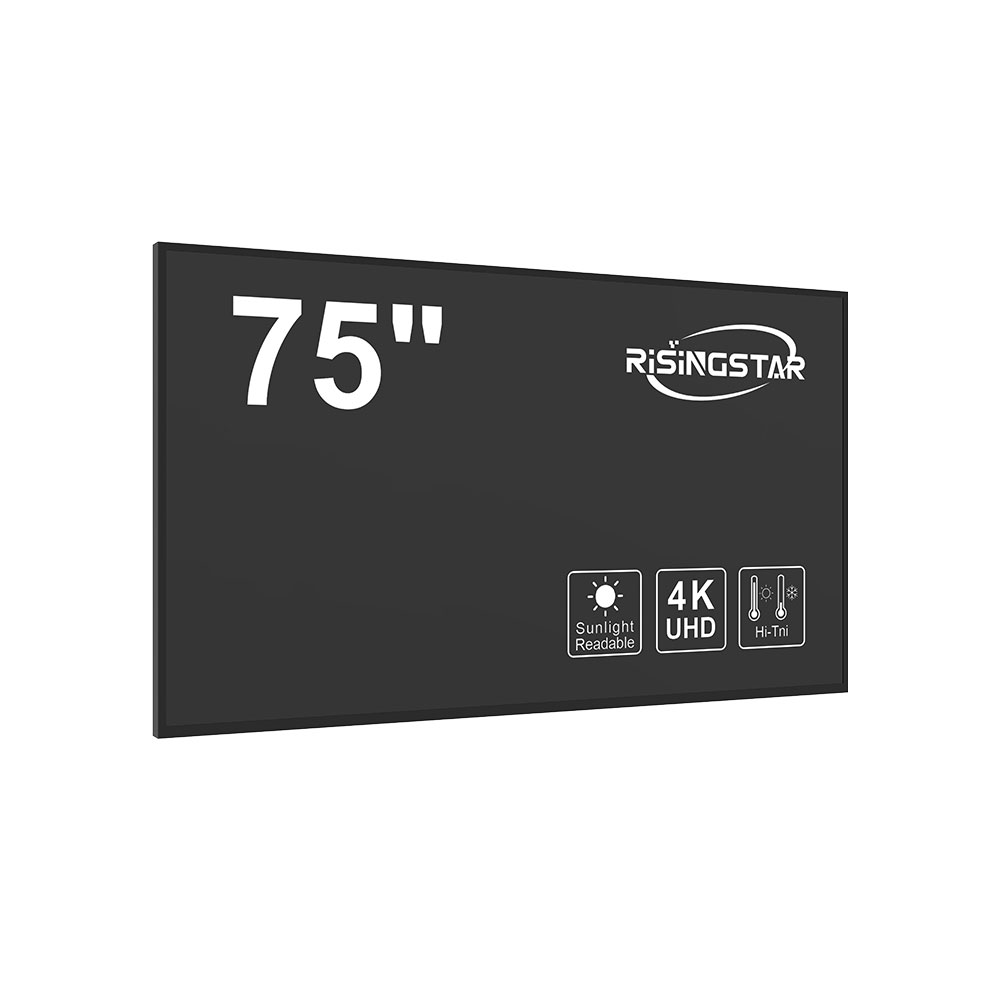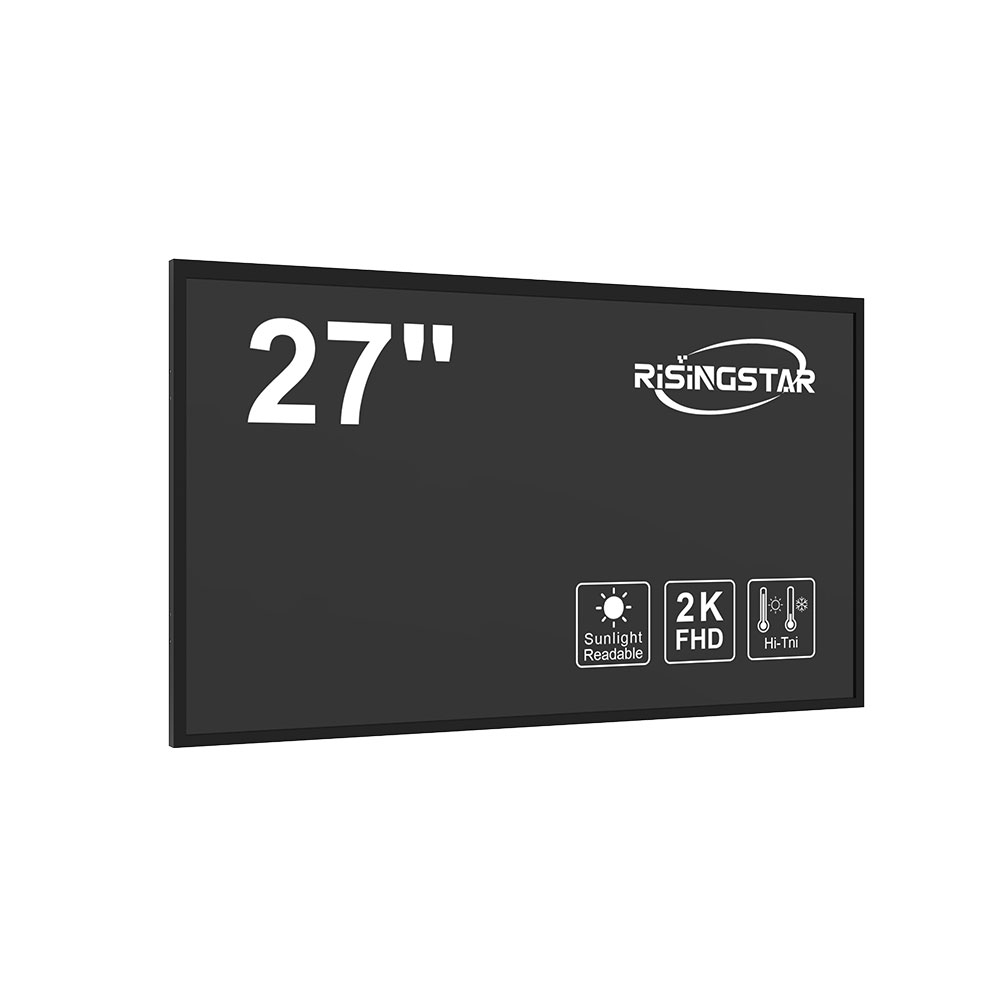In today’s increasingly outdoor-centric technological landscape, high-brightness sunlight-readable LCD screens have become indispensable across industries such as transportation, defense, healthcare, and retail. These specialized displays are engineered to maintain visibility under intense ambient light conditions—such as direct sunlight or harsh artificial lighting—where standard LCDs fail due to washed-out images and poor contrast.
The core challenge in designing these screens lies in maximizing luminance while preserving image quality, power efficiency, and durability. Industry standards like MIL-STD-810 for ruggedization and ISO 9241-3 for usability guide the development process. High-brightness LCDs typically operate at 5,000 to 10,000 nits of brightness, far exceeding the 200–500 nits of consumer-grade displays. This level of luminance ensures readability even under direct solar irradiance (up to 100,000 lux), making them ideal for applications in military vehicles, airport kiosks, construction equipment, and public transit systems.
Key technologies enabling this performance include advanced backlighting solutions (such as LED arrays with optimized optics), anti-reflective coatings (often multi-layered), and polarized glass that reduces glare without sacrificing color accuracy. Some manufacturers integrate adaptive brightness control using ambient light sensors to dynamically adjust output based on environmental conditions—thus balancing visibility and energy consumption. For example, a study by the Society for Information Display (SID) found that adaptive brightness can reduce power usage by up to 30% in mobile field deployments.

Case studies from real-world implementations further validate their effectiveness. In 2023, the U.S. Army deployed high-brightness LCDs in unmanned ground vehicles (UGVs) operating in desert environments. The displays maintained full operability at 7,000 nits, significantly improving situational awareness compared to legacy 2,000-nit screens. Similarly, Tokyo Haneda Airport upgraded its self-service check-in terminals to 6,000-nit displays, reporting a 40% reduction in user errors during peak daylight hours.
These screens also incorporate features like wide viewing angles (>170°), IP65 ingress protection, and extended temperature ranges (-30°C to +70°C), ensuring reliability in extreme climates. The integration of touch-sensitive interfaces (both resistive and capacitive) adds functional versatility, particularly in industrial settings where gloves may be worn.
From an engineering perspective, optimizing sunlight readability involves more than just brightness—it requires harmonizing contrast ratio, response time, and color gamut. A report by Display Week 2022 highlighted that displays with 10,000 nits and >1000:1 contrast ratio outperform those with only high brightness but poor contrast, especially in dynamic scenes.

As global demand grows—especially in smart city infrastructure, electric vehicle dashboards, and agricultural monitoring systems—the future of high-brightness LCDs will focus on miniaturization, lower power consumption, and AI-driven optimization. With ongoing innovations in OLED and microLED technologies, the next generation promises even greater performance while maintaining robustness for outdoor use.
2025-07-31